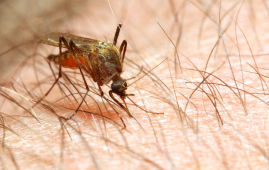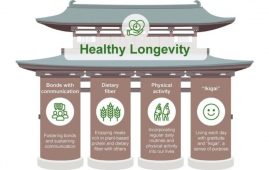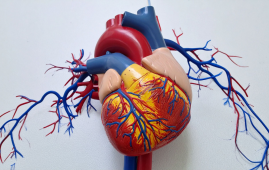

A recent population-based study conducted in China sheds light on the prevalence and risk factors of anemia among women of reproductive age, offering important insights for future health interventions. Anemia, particularly caused by iron deficiency, remains a major public health concern worldwide, affecting over 571 million women. The study, which analyzed data from the Meinian Healthcare Group system between 2019 and 2021, aimed to estimate anemia prevalence, investigate geographic variations, and explore the association between anemia and metabolic factors such as overweight and obesity.
The study focused on non-pregnant women aged 18-49, defining anemia as a hemoglobin concentration <120.0 g/L. It categorized anemia into mild, moderate, and severe, with moderate and severe cases combined into moderate and worse anemia. The study revealed that the overall prevalence of anemia in China is 15.8%, with 41.5% of cases classified as moderate and worse. Anemia was more common among older women, particularly those aged 40-44 years, and geographic disparities were noted, with the highest prevalence found in Xizang and the lowest in Guizhou.
The research also identified a positive association between anemia and impaired kidney function and a history of cesarean delivery. Interestingly, while overweight and obesity were negatively associated with overall anemia, they were positively correlated with moderate and worse anemia. This suggests that metabolic factors play a significant role in anemia prevalence, underlining the importance of addressing both anemia and metabolic disorders in comprehensive health strategies.
Despite limitations, such as focusing on urban areas and a lack of clinical records to identify anemia subtypes, the study provides essential data on the scope of anemia among women of reproductive age in China. It emphasizes the need for targeted intervention strategies that consider geographic and metabolic factors to reduce anemia’s burden. Join HerHealth Oncology Congress to get the latest information and healthcare guidelines for better patient outcomes.
More Information: Bao, H., et al. (2024). Prevalence of anemia of varying severity, geographic variations, and association with metabolic factors among women of reproductive age in China: a nationwide, population-based study. Frontiers of Medicine. doi.org/10.1007/s11684-024-1070-x.
more recommended stories
 Urine-Based microRNA Aging Clock Predicts Biological Age
Urine-Based microRNA Aging Clock Predicts Biological AgeKey Takeaways (Quick Summary) Researchers developed.
 Ultramarathon Physiology: What HCPs Should Know?
Ultramarathon Physiology: What HCPs Should Know?Ultramarathon Metabolism: What Happens to the.
 High-Intensity Training and Oxidative Stress Insights
High-Intensity Training and Oxidative Stress InsightsNew Evidence Linking High-Intensity Training and.
 Sterilized Fermented Beverage for Obesity: New Evidence
Sterilized Fermented Beverage for Obesity: New EvidenceEarly Insights Into a Sterilized Fermented.
 Perinatal Mental Health Challenges Highlighted in New Study
Perinatal Mental Health Challenges Highlighted in New StudyMental Health Challenges in New Parents:.
 New Malaria Prevention Insights From African Biostatistics
New Malaria Prevention Insights From African BiostatisticsHow New Data Is Reframing Malaria.
 World Summit Outlines Core Principles for Healthy Longevity
World Summit Outlines Core Principles for Healthy LongevityWhy Healthy Longevity Demands a New.
 Ultra-Processed Foods in Mediterranean Youth: Risks
Ultra-Processed Foods in Mediterranean Youth: RisksThe Mediterranean region is widely recognized.
 Cholesterol-Lowering Drugs May Help Reduce PFAS Levels
Cholesterol-Lowering Drugs May Help Reduce PFAS LevelsPer- and polyfluoroalkyl substances (PFAS) continue.
 AI ECG Model Outperforms Standard STEMI Triage
AI ECG Model Outperforms Standard STEMI TriageNovel AI ECG Model Outperforms Standard.

Leave a Comment